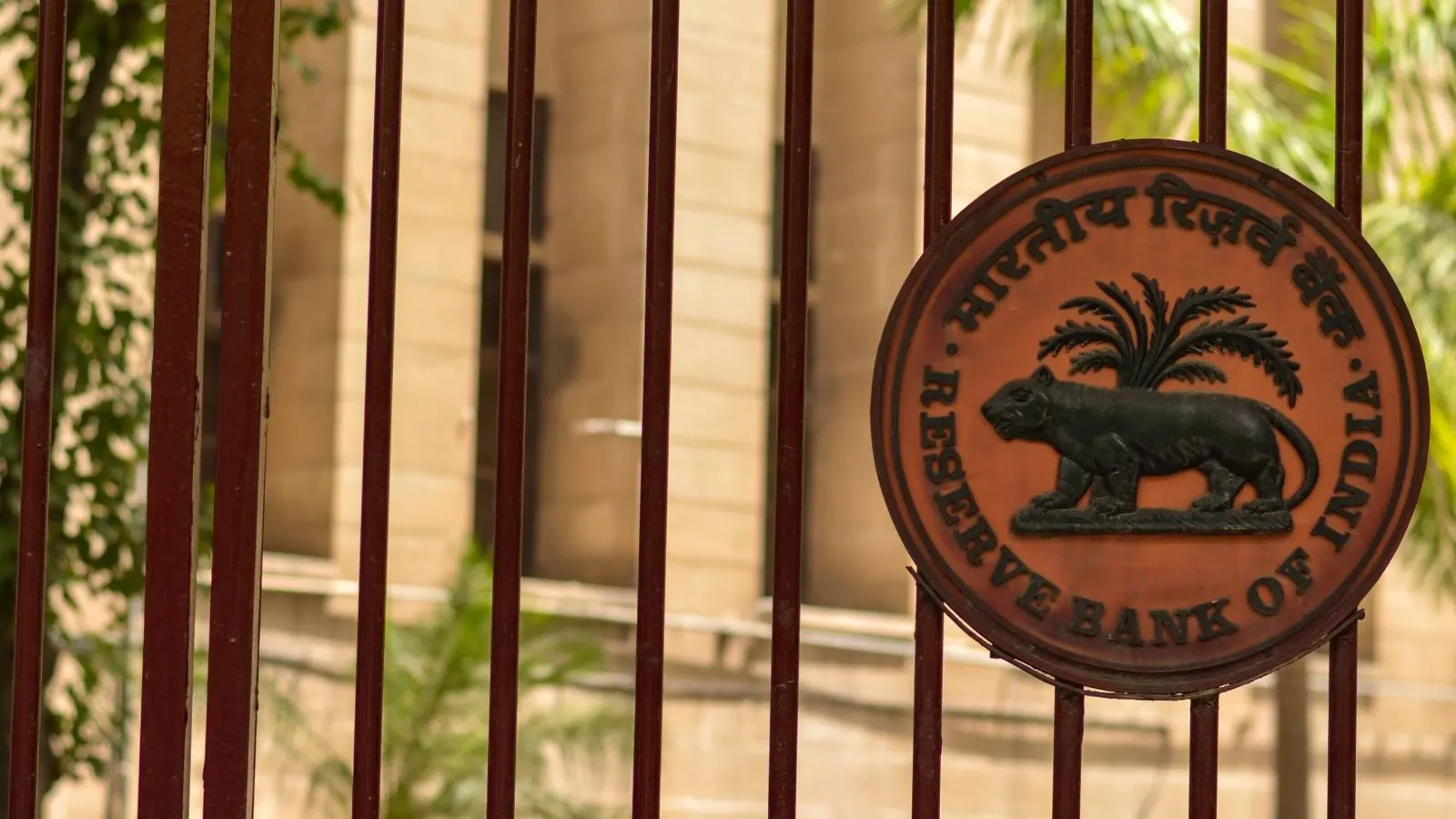Personal Finance News
Why lending against primary gold and silver is not allowed: RBI loan rules explained

4 min read | Updated on November 07, 2025, 17:50 IST
SUMMARY
While RBI doesn’t allow lending against primary (bullion) gold and silver, loans against jewellery, ornaments and coins are allowed. This is because borrowing against bullion often attracts traders or speculators instead of consumers or businesses.

Primary gold and silver just sit in vaults and don’t support productive economic activity.
All RBI-regulated lenders may soon start accepting silver as collateral for loans, transforming India’s retail credit and commodities landscape in several ways.
While gold loans have existed in the country’s financial ecosystem for decades now, silver loans, too, are set to make their official entry with the Reserve Bank of India (Lending Against Gold and Silver Collateral) Directions, 2025.
Until now, silver loans haven’t been widely accepted due to logistical concerns, as the white metal is bulkier and cheaper than gold. Combined with lower market liquidity than the yellow metal, silver loans haven’t been the most convenient lending tools. However, this is now about to change, especially after the rally silver has witnessed in 2025.
The metal has become far too valuable in the Indian market to be ignored as collateral, rising by over 60% and nearing the ₹1.9 lakh/kg mark in October.
Some cooperative banks, local NBFCs or other lenders already accept silver as collateral for loans, but it’s not regulated yet.
However, from April 1, 2026, commercial banks (including small finance and regional rural banks), urban and rural co-operative banks, housing finance companies and NBFCs will offer silver loans as per RBI guidelines.
Importantly, the RBI doesn’t allow lending against primary (bullion) silver and even gold due to bigger macro-prudential concerns. This means that lenders can’t offer loans against primary silver and gold (ingots). Let’s see what this means.
Why can’t lenders grant loans against primary gold or silver?
RBI doesn’t allow banks or lenders to give loans against raw silver (or even gold) as collateral/security because of economic and financial stability concerns. This means that lending against primary gold and silver isn’t allowed, as the RBI wants to prevent risks to the economy that could arise from too many people or businesses borrowing money against precious metals.
When people or businesses borrow money using gold or silver as collateral, it can lead to financial instability because of these reasons:
-
Gold and silver prices are volatile. If the price of the precious metal falls, the value of the collateral falls, which means the loan may no longer be fully backed. This can result in the possibility of many lenders losing money.
-
People could start borrowing just to bet on precious metal prices (and not for investment or business), which can affect commodity markets.
-
If commodity prices crash and many loans default at once, it could become a risk to the banking system of the country.
-
Primary gold and silver just sit in vaults and don’t support productive economic activity. Loans against raw gold and silver will make them non-productive assets.
While RBI doesn’t allow lending against primary (bullion) gold and silver, loans against jewellery, ornaments and coins are allowed. This is because borrowing against bullion often attracts traders or speculators instead of consumers or businesses. Gold loans given to households against jewellery as collateral are smaller and are less speculative, making them safer for banks.
Individuals in retail loans usually need money for personal or business reasons, which is why these won’t necessarily attract speculators who gamble on gold prices.
Plus, the value of jewellery includes making and design charges, making it less liquid and harder to use for quick speculation.
Other restrictions
You can’t get loans against financial assets backed by silver and gold, like ETFs and mutual funds. In addition to this, you can’t get a loan for the purchase of silver and gold.
The total weight of ornaments pledged for all loans to a borrower cannot be over 10 kg (the limit is 1 kg for gold). Moreover, the aggregate weight of coins pledged for all loans to a borrower shall not exceed 500 gram (the limit is 50 gram for gold).
Loan-to-value (LTV)
The maximum LTV ratio, which is the percentage of the asset’s value that is being financed by the loan, shall not exceed:
| Total Consumption Loan Amount per Borrower | Maximum LTV Ratio |
|---|---|
| ≤ ₹2.5 lakh | 85% |
| > ₹2.5 lakh & ≤ ₹5 lakh | 80% |
| > ₹5 lakh | 75% |
The prescribed LTV ratio shall be maintained on an ongoing basis throughout the tenor of the loan, the RBI said in its guidelines.
Related News
By signing up you agree to Upstox’s Terms & Conditions
About The Author
Next Story



